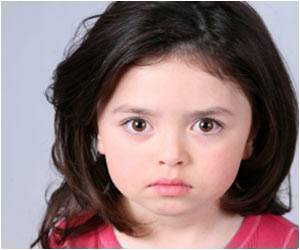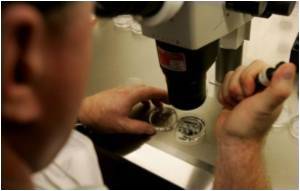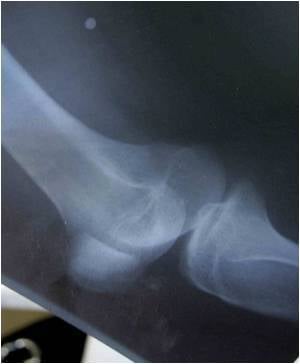Children with juvenile idiopathic arthritis who receive early, aggressive therapy with a combination of medications achieve clinical inactive disease status faster.

It is not known what causes the immune system to malfunction in JIA. These conditions are not considered hereditary and rarely involve more than one family member. Research suggests that some individuals may have a genetic tendency to develop JIA, but develop the condition only after exposure to an infection or other unknown trigger. Dietary and emotional factors do not appear to play a role in the development of JIA. These disorders can affect children at any age, although rarely in the first six months of life. It is estimated that around 300,000 children in the United States have been diagnosed with JIA.
Researchers at the Seattle Children''s Hospital and Research Institute and other children''s hospitals and research centers throughout the United States analyzed data from a double-blind, randomized, placebo- controlled study: the Trial of Early Aggressive Therapy in Polyarticular Juvenile Idiopathic Arthritis. The study compared two aggressive therapy approaches for treating JIA in 85 patients ages two to 17 to determine which regimen would help the children achieve clinical inactive disease within six months. They also looked at the possibility of more aggressive therapy helping children achieve clinical remission of their disease, measured as six months of continuous clinical inactive disease.
"The purpose of this study was to identify the predictors for achievement of and sustainability of clinical inactive disease for children with polyarticular JIA treated with early, aggressive therapy," says Carol Wallace, MD; director; in the study. "This is the first clinical trial to use inactive disease and remission of disease as the outcomes for the study, and to compare two aggressive treatment approaches."
Participants had polyarticular JIA for less than 12 months and were randomly assigned to two treatment approaches. Forty-two patients were given a more aggressive, combination therapy of methotrexate 0.5 mg/kg /wk injection, etanercept 0.8 mg/kg/wk and prednisolone 0.5 mg/kg/d tapered to zero by 17 weeks. A second group of 43 patients were given a less aggressive regimen of methotrexate 0.5 mg/kg/wk injection and placebo etanercept and prednisolone. Patients were tested to determine if they had achieved clinical inactive disease according to the Wallace Criteria at intervals of one, two, four, five, six, seven, eight, 10 and 12 months. Participants who failed to achieve either ACR Pedi 70 after four months, or clinical inactive disease after six months were switched to the open-label, more aggressive therapy of methotrexate, etanercept and prednisolone.
In the most aggressive therapy group, 30 participants achieved clinical inactive disease at least once, compared to 28 participants starting in the less aggressive therapy group, however 17 of those 28 only achieved clinical inactive disease after switching to the open-label more aggressive combination therapy. The median number of days on therapy before achieving clinical inactive disease was 168.5 for the combination therapy group and 192 for the less aggressive therapy group. Participants in the combination therapy group spent a median of 139.5 days of follow-up with clinical inactive disease, compared to a median of 79 days of follow-up for those in the less aggressive therapy group.
Advertisement
"This study reinforces the importance of treating JIA early and aggressively, in order to achieve and sustain clinical inactive disease and clinical remission on medications," Dr. Wallace says.
Advertisement
Source-Newswise















